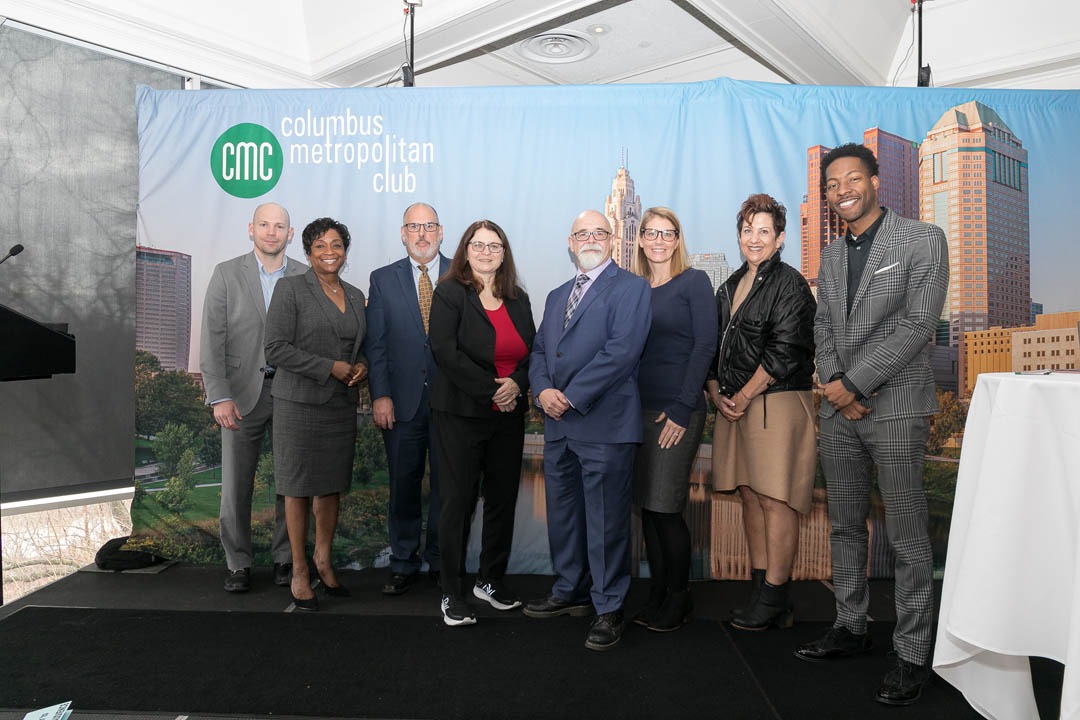By Tim Feran
The old joke is that President Harry Truman wanted a one-armed economist — because the cautious economists of the time always couched their predictions by saying, “On the other hand.”
At the Columbus Metropolitan Club Wednesday, there may not have been any one-armed economists but the two panelists on the club’s annual Blue Chip economic forecast were rather confident in their predictions for the coming year and beyond.
“As we start 2023, I have good news and bad news,” said economist Bill LaFayette, owner of local economic consulting firm Regionomics.
“The good news is that average employment this year may be higher than in 2022. The bad news is that employment is likely to be in decline for part of the year.”
While LaFayette predicted that the Columbus area will gain at least 10,300 jobs this year, pushing total employment in the region to nearly 1.14 million jobs, that number will lag behind the national growth rate for the second year in a row.
Nationally, Nationwide Chief Economist Kathy Bostjancic, who was the other member of the Metropolitan Club panel, predicted a moderate recession in the second part of the year.
“Elevated inflation, rising interest rates, and the diminished level of excess savings will slow consumer spending,” she said. “Corporate earnings growth will decline as profit margins compress further and top-line revenue growth slows as consumer spending cools.
“Corporations will then be forced to curtail hiring and pull back on capital expenditures,” Bostjancic said. “The eventual job losses will lead to a contraction in consumer spending, leading the economy into a recession in the second half of 2023.”
Despite the likely regional and national economic slowdowns, the Columbus region has a big advantage: The construction of Intel’s two plants in New Albany, both economists agreed. The plants, called fabs, “will be transformative for our region and the state,” LaFayette said.
The Intel plants will create 7,000 construction jobs, and when they open in 2025 will create 3,000 jobs.
The forum’s moderator, Columbus Dispatch Business Reporter Mark Williams, noted that judging from Intel’s operations in Oregon, New Mexico and Arizona, the New Albany project could lead to thousands of other jobs from suppliers and companies that support the households of Intel workers.
If Intel goes on to build six to eight more plants, the result by the mid-2030s would be as many as 15,000 Intel jobs and as many as 67,000 indirect jobs, LaFayette said. And that doesn’t include construction jobs — nor does it include the future jobs that will be coming from Honda’s two major investments in Ohio that include retooling several plants for electric vehicles and building a battery plant.
“So while we may well be in for a bumpy ride this year, the long-term future looks bright for central Ohio,” Lafayette said.

